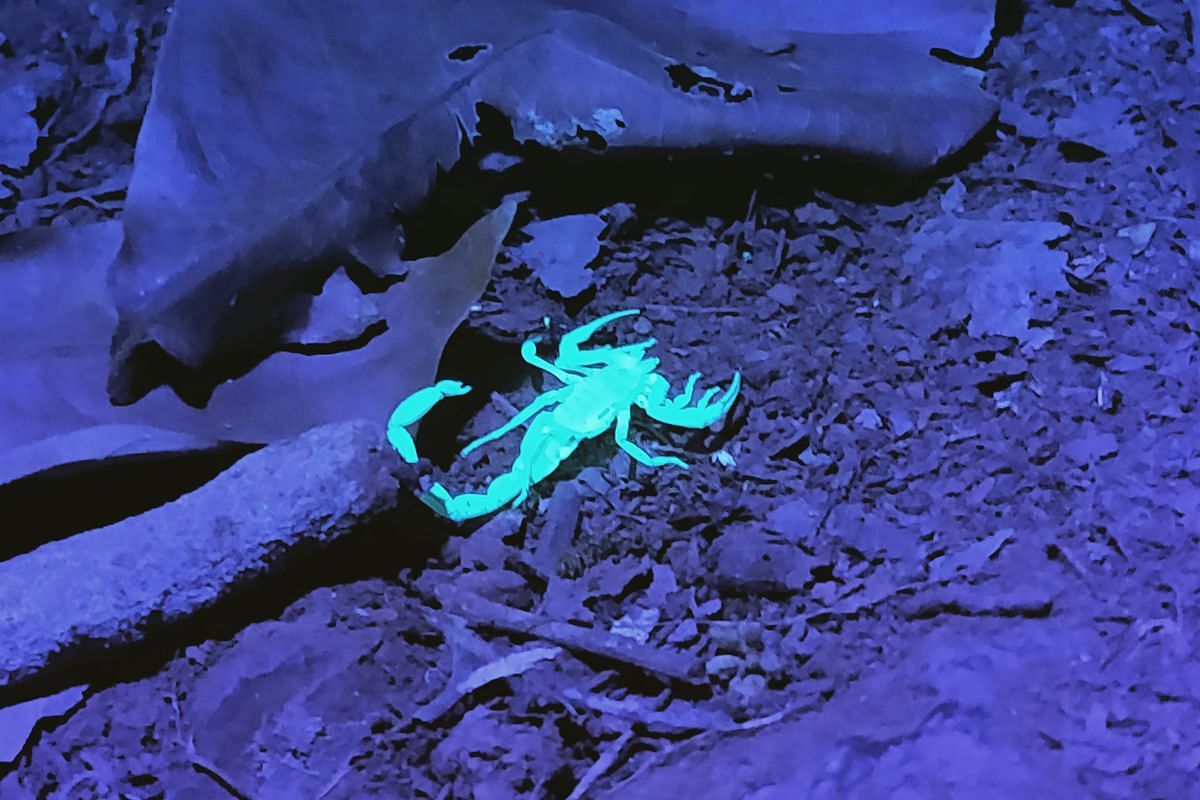
As the sun sets and it dawns, we humans perceive it becomes dark with no natural light. At best, we use other light sources to illuminate our surroundings for continuing our activities at night. This is because as humans, we can perceive light only in a particular spectrum of the electromagnetic radiation, which is called as visible light. Technically, light is any radiation across various wavelengths in the electromagnetic spectrum. And a portion of it, having a wavelength within 400-700 nanometres, falls under the category, which is what our eyes have evolved to perceive (sense).
So, what makes other organisms like cats and owls to see at night? It turns out that they have evolved with some special reflector behind the retina called Tapetum lucidum. This essentially aids in reflecting whatever visible light back through the retina thereby increasing the availability of light to photoreceptors. This essentially facilitates night vision even with less light. The eye shine we see in some of the animals at night is because of them having tapetum lucidum, as the pupil appears to glow with incident light. Essentially, this increases the intensity of light available for processing. Since humans lack tapetum lucidum, our night vision is poor.
There is another factor that can enhance vision, the spectral range. The popular imagination, as humans, we think that all animals should have visual perception like humans, which is capturing and processing the electromagnetic spectrum in the visible light only. The visible spectrum of light is where all colours are seen, popularly called VIBGYOR (for violet, indigo, blue, green, yellow, orange and red). However, it appears that some organisms can capture the electromagnetic spectrum differently. Some can see perhaps only two colours, like some can see in ultraviolet (wavelengths less than violet colour) and some can also see in infrared (wavelengths greater than red colour). Some insects and spiders are known to see in ultraviolet light, while snakes can see in infrared light. That is why some organisms have adapted to being active even at night (when only humans can’t see clearly).
We still don’t know what colours and in which wavelengths all organisms can perceive (sense) and process the electromagnetic spectrum. But it is surely fun to imagine the play of light and how differently they could see the world!
Research Matters